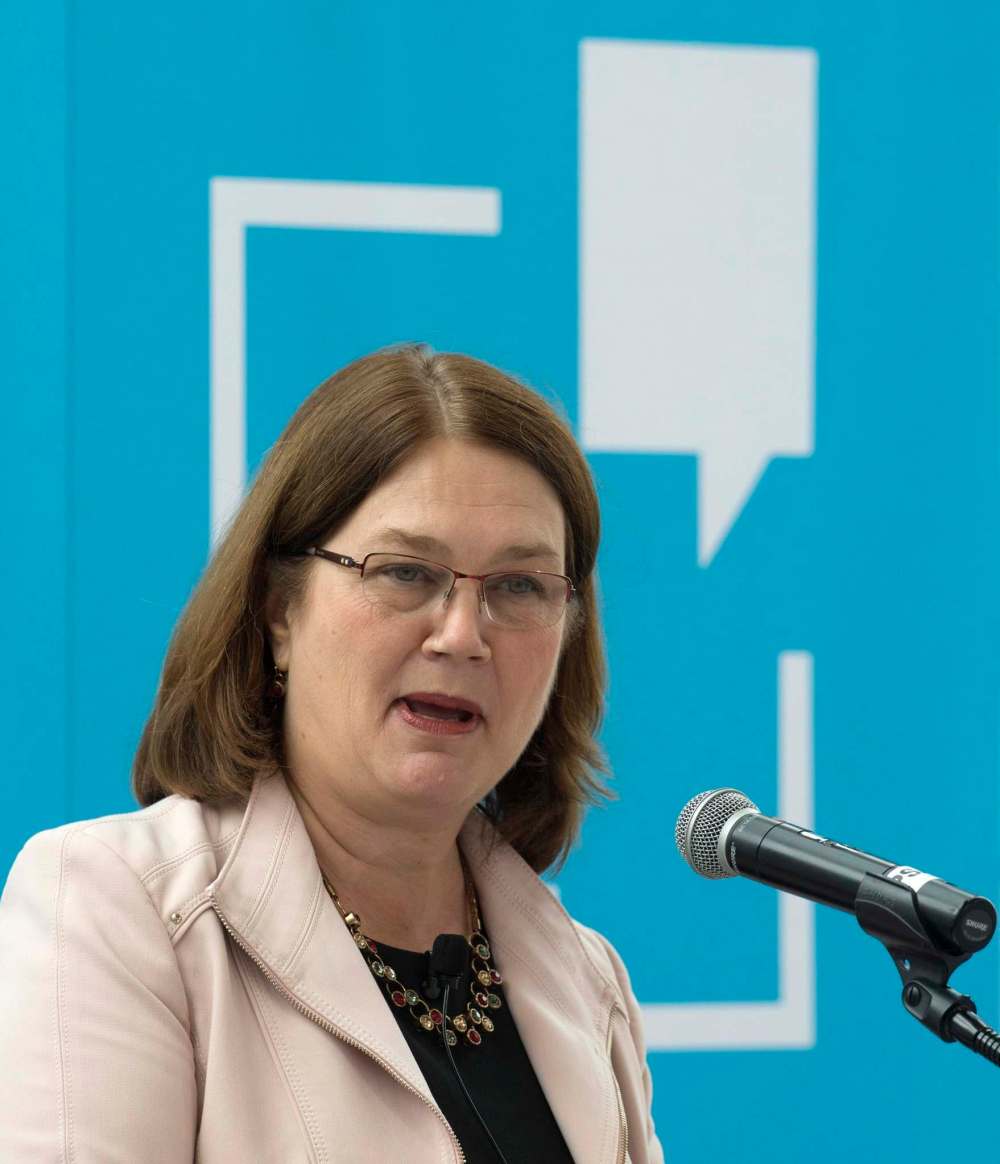Privacy concerns limit information on opioid deaths in First Nation communities
Advertisement
Read this article for free:
or
Already have an account? Log in here »
To continue reading, please subscribe:
Monthly Digital Subscription
$1 per week for 24 weeks*
- Enjoy unlimited reading on winnipegfreepress.com
- Read the E-Edition, our digital replica newspaper
- Access News Break, our award-winning app
- Play interactive puzzles
*Billed as $4.00 plus GST every four weeks. After 24 weeks, price increases to the regular rate of $19.00 plus GST every four weeks. Offer available to new and qualified returning subscribers only. Cancel any time.
Monthly Digital Subscription
$4.75/week*
- Enjoy unlimited reading on winnipegfreepress.com
- Read the E-Edition, our digital replica newspaper
- Access News Break, our award-winning app
- Play interactive puzzles
*Billed as $19 plus GST every four weeks. Cancel any time.
To continue reading, please subscribe:
Add Free Press access to your Brandon Sun subscription for only an additional
$1 for the first 4 weeks*
*Your next subscription payment will increase by $1.00 and you will be charged $16.99 plus GST for four weeks. After four weeks, your payment will increase to $23.99 plus GST every four weeks.
Read unlimited articles for free today:
or
Already have an account? Log in here »
Hey there, time traveller!
This article was published 09/10/2017 (2933 days ago), so information in it may no longer be current.
OTTAWA — The federal government has started tracking the number of overdoses on reserves, but can’t say how many have occurred in Manitoba.
This spring, then-health minister Jane Philpott asked Health Canada to start tracking opioid overdoses in First Nation communities, after realizing they fall outside the scope of the data provinces report to the federal government.
The fact that data is being collected was made public in late September, only after a CBC report highlighting the lack of data on reserves.

Health Canada said last week that since May 8, Health Canada has approached 155 First Nations communities, convincing all but two of them to notify bureaucrats when a suspected opioid overdose occurs.
That’s 40 per cent of reserves, excluding British Columbia and the territories. “These 153 communities represent most of the remote and isolated FN communities,” the department said in a statement.
So far, 13 suspected opioid overdoses were reported, “including two known fatal cases.” Health Canada wouldn’t provide any provincial breakdown, nor a list of which First Nations are participating in the data collection, citing privacy concerns.
“We recognize that these deaths are more than just numbers,” the department said, adding “data are important elements in addressing the opioid crisis and stopping overdoses.”
Last November, at a landmark conference on the opioid crisis, Health Canada pledged to co-ordinate data collection on opioid deaths and treatments in the provinces and territories. But the data it has collected has primarily come from provinces monitoring their own doctors and hospitals. Most on-reserve health services are a federal responsibility administered by Health Canada, except in British Columbia.
Philpott said last week she asked Health Canada to start collecting data on opioid overdoses and associated deaths after that gap “came to my attention.”
“There’s still much more work to do, but it’s important to get a sense of how big the problem is,” said Philpott, who is now the minister of Indigenous services. “That will certainly help us to be able to do the preventive work and provide treatment and harm reduction as necessary.”
Grand Chief Arlen Dumas said he hadn’t heard about the data collection, and wasn’t sure if Ottawa notified the Assembly of Manitoba Chiefs.
“It’s worse in some communities more than others,” said Dumas, who blames over-prescription. He recalls a doctor prescribing him codeine after a car accident in the mid-1990s, a drug that specialists now believe is ineffective and liable to promote addiction.
Dumas was health director for Pukatawagan a decade ago, at Mathias Colomb First Nation. He recalls a tense atmosphere when narcotics arrived. “We had to disguise them because people… were starting to harass and bother people for their prescriptions.”
He hopes the federal data will help First Nations design their responses to the crisis, but says Ottawa should have been more upfront about collecting the data. “It depends what they want to use it for.”
Philpott didn’t answer when asked whether the government intends to make the data public, or use it internally for reports. Instead, she said “we are responding to a tremendous public health emergency,” with officials working “ambitiously to find out where this is happening (and) what can be done.”
Data released last month showed 2,816 opioid-related deaths in Canada, with nearly 1,000 people dying in B.C. and nearly 900 in Ontario. In Manitoba, 69 deaths were connected to opioids. Manitoba had the second-lowest rate of significant opioid poisonings requiring hospitalization. These numbers include reserves, but don’t specify how many occured there, or how many deaths were Indigenous people.
Health Canada handed over First Nations health care in B.C. to local groups, which started tracking overdose data on reserves in 2015. In August, those officials reported that First Nations people in B.C. were five times more likely to have an opioid-related overdose and three times more likely to die from one.
dylan.robertson@freepress.mb.ca
History
Updated on Tuesday, October 10, 2017 11:52 AM CDT: Corrects story to indicate numbers include reserves, but don't specify how many occured there, or how many deaths were Indigenous people.

